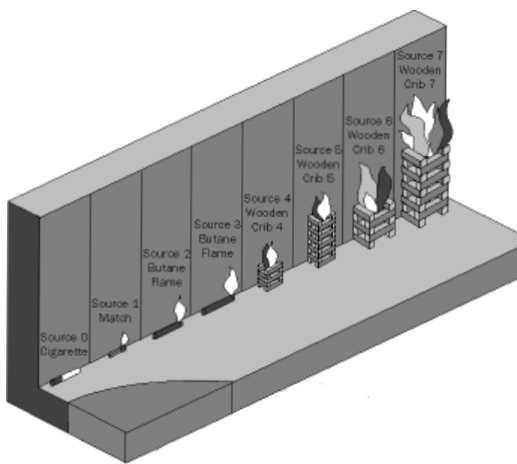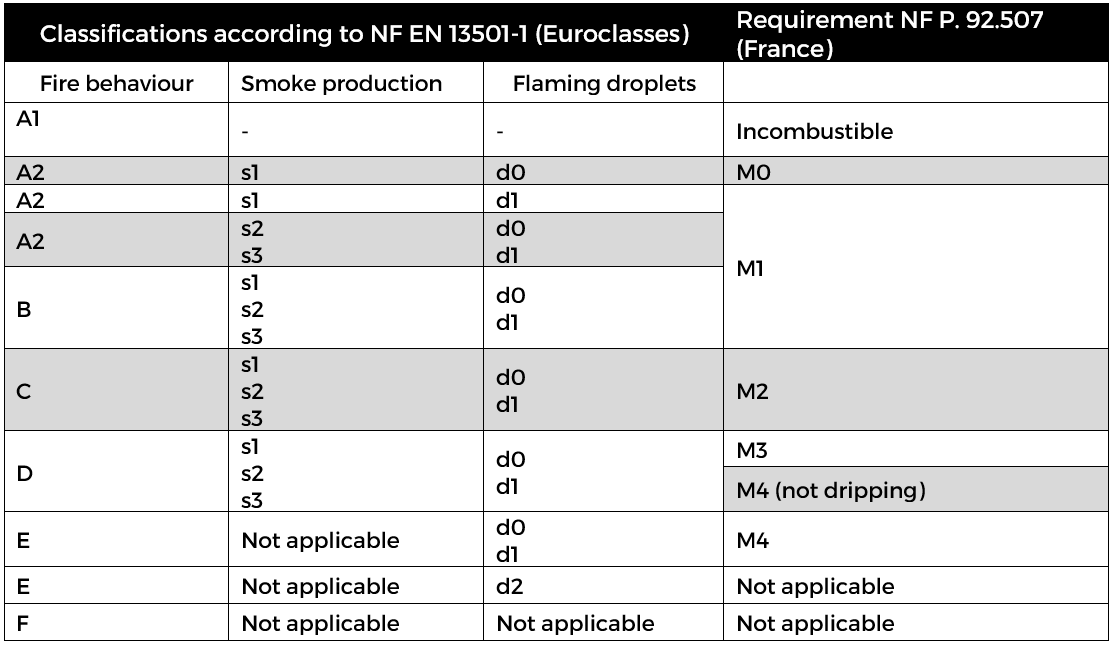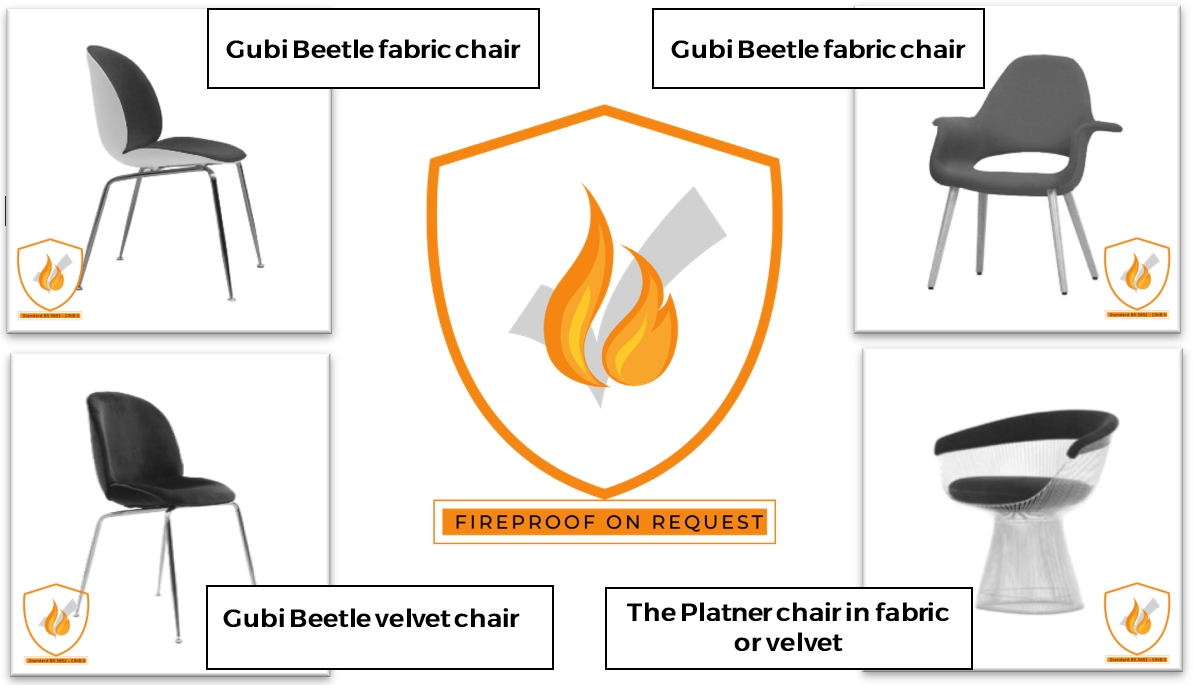Fire security standards
1: Diiiz: Fireproofed designer furniture for professionals, hotels and restaurants.
Depending on the country and purpose of use, there are different standards and guidelines with which furniture must comply regarding fire protection. After undergoing standard fire-testing, the materials or fabrics are categorised according to their flammability and duration of fire resistance. As a family business, we at Diiiz consider it as our duty to take responsibility for fire protection.
Therefore, we have added a range of fire-resistant products for restaurant, bar, or hotel projects. When designing our furniture, we consider comfort to be highly important while guaranteeing safety standards in association with our suppliers. For many of our flagship chairs, we offer customers the option to select fireproof foams and fabrics which meet European fire safety standards. Our fire-retardant furniture for professionals is tested and certified by leading organisations in the field such as SGS which is the world leader in inspecting, checking, analysis and certification.
2: European fire safety standards: a market which is fragmented and not uniform.
The following section provides information on the most important fire protection principles in Europe and gives an overview of the relevant security features guaranteed by Diiiz. If you still have technical questions regarding this fire safety document, we will be happy to provide you with personalised advice and more detailed information about our products.
2.1. Fire retardant fabric and furniture: German classification
In Germany, classification B of DIN 4102 is used.
DIN 4102 is often considered as the European standard of fire retardant for consumer products. Depending on the reaction and fire resistance of a product, it will be categorised using the ‘Brandschacht test’. These tests also apply to furniture and fire-retardant solutions for chairs for professional use.
- A1/A2: Incombustible
- B1 : Combustible but not easily flammable
- B2 : Combustible and moderately flammable
- B3 : Combustible and easily flammable
2.2. Fire retardant fabric and furniture: French classification
In France, the classification M of the standard NF P. 92.507 is used.
In France, there is a classification under standard NF P. 92.507 which is composed of 5 categories defining the reaction of materials to fire. This classification is given following a standardised test in which the material is exposed to a heat source, using an electric radiator. This test measures the flammability of the material, the height of the flames and the duration of the flaming.
- M0: Incombustible
- M1: Non-flammable
- M2: Slightly flammable
- M3: Moderately flammable
- M4: Highly flammable
- M5: Very easily flammable
Today the French classifications are applied only to household materials. Other materials are classified using the European standards and the standard EN 13-501-1.
2.3. Fire retardant fabric and furniture: British classifications
In the UK, standard BS 5852 from 2006 is used, from which the Crib5 is derived.
This is a test method for assessing the flammability of furniture from ignition sources and burning. Furniture is subjected to a variety of ignition sources to replicate the intensity of actual sources which may be encountered in various end use environments. Each test is performed twice and both tests must meet the pass/fail criteria to meet the test requirements.
|
 |
2.4 Fire retardant fabric and furniture: European classifications (Euroclasses)
A European decree from 21 November 2002 now allows Euroclasses to be applied to the reaction to fire. Euroclasses split materials into two parts: soils and other products. The A to F classifications are made according to the material’s reaction to fire, with A being the best classification.
Euroclasses provide additional classifications: ‘S’‘Smoke’ (1,2,3), which evaluates smoke production, and ‘D’‘Droplets’ (0,1,2), which evaluates flaming droplets and burning debris.

2.5. Correlation table


CAUTION: This table allows a classification of M from the Euroclasses, however the opposite is not true.
3: Fire retardant chairs and lounge chairs on request at Diiiz.

Do you want to make other fire retardant Diiiz furniture?
Everything is practically possible on request. Contact us and we will be happy to show you the possibilities available and make a tailor-made offer.
This internet site uses cookies to improve the users experience. Terms of use of website and protection of personal data
© Copyright 2025 - Diiiz
